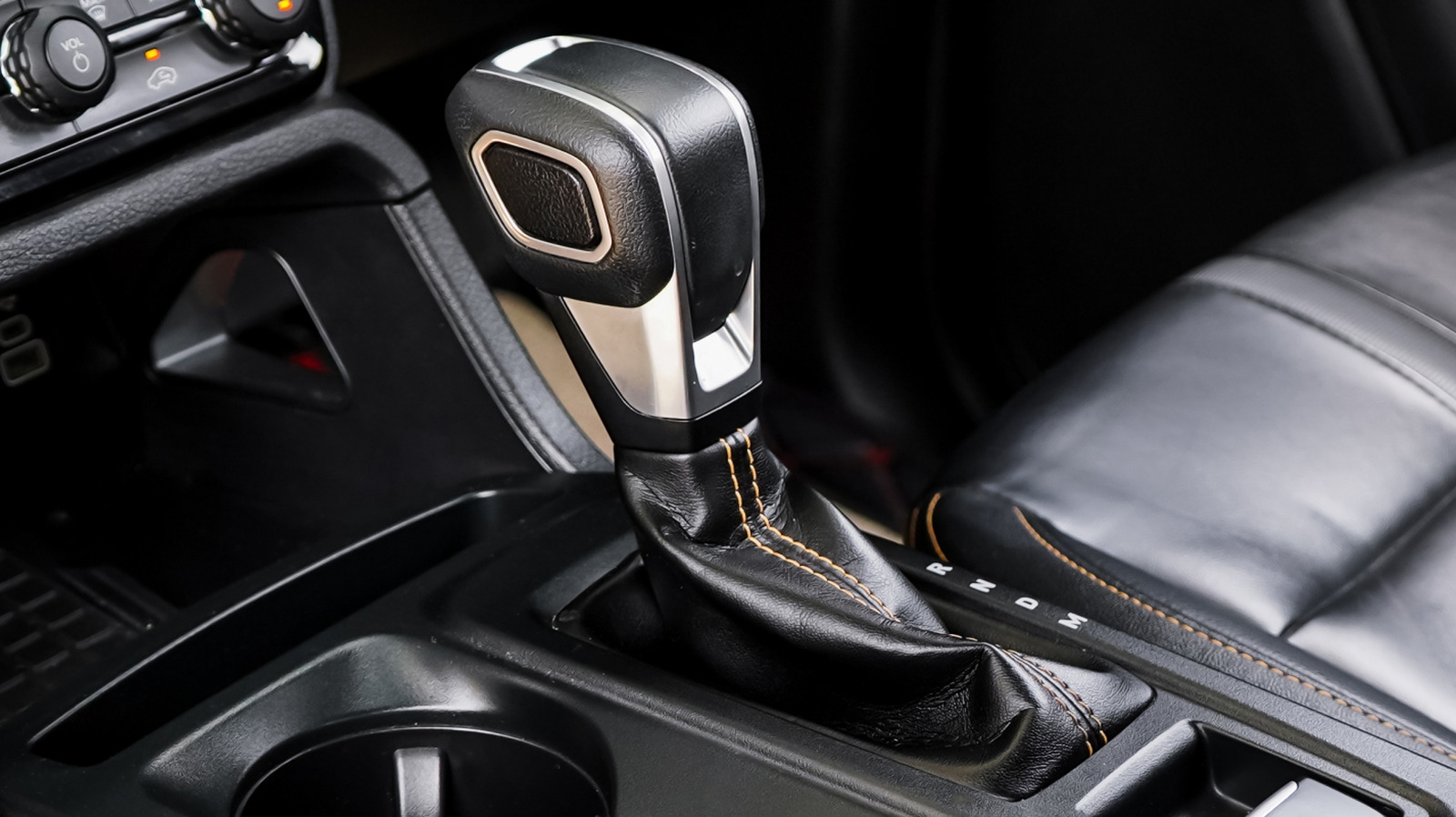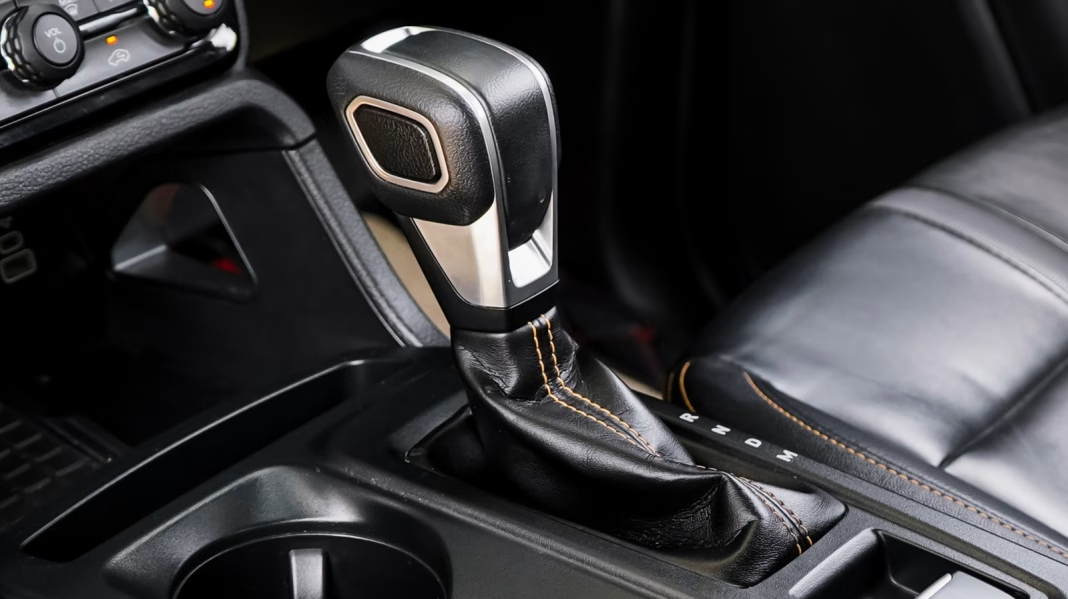Your vehicle is built to handle a range of temperatures, but when it comes to your transmission, things can get a bit tricky. You might wonder, why would you need a special gadget like a transmission cooler? Isn’t the car designed to manage heat on its own? Let’s dive into this topic and uncover the reasons why a transmission cooler can be a game-changer for your vehicle’s performance and longevity.
What Does a Transmission Cooler Do?
At its core, a transmission cooler is designed to keep your transmission fluid at optimal temperatures. Transmission fluid plays a crucial role in lubricating the moving parts within your transmission, ensuring smooth gear shifts and overall functionality. However, when the fluid gets too hot, it can break down, leading to a host of problems, including slipping gears, overheating, and even complete transmission failure.
So, how does a cooler help? It works by circulating the fluid through a heat exchanger, which dissipates heat into the air or coolant. This process keeps the fluid at a consistent, manageable temperature, allowing your transmission to operate efficiently, especially in demanding conditions like towing or driving in hot weather.
Why You Should Consider Installing One
If you’re using your vehicle for heavy-duty tasks—like towing a trailer or hauling heavy loads—a transmission cooler becomes even more important. Under these conditions, your transmission is working overtime, generating excess heat. Without a cooler, you risk overheating, which can lead to costly repairs or even a complete transmission replacement.
Even if you’re not pushing your vehicle to its limits, a cooler can still provide benefits. For everyday driving, especially in warmer climates, it can enhance your vehicle’s performance and extend the life of your transmission. Think of it as an insurance policy for your car’s most critical components.
Real-World Benefits: A Case Study
Let’s consider a real-world example. Take a truck owner who frequently tows a boat during the summer months. Initially, they didn’t have a transmission cooler installed. After a few trips, they noticed their transmission was slipping and had a burning smell. A mechanic recommended adding a cooler, which they did. Not only did it help maintain a stable temperature during those long hauls, but it also improved the truck’s overall performance. The owner could tow with confidence, knowing they had taken a proactive step to protect their investment.
What to Look for in a Transmission Cooler
If you’re convinced that a transmission cooler is the right move for your vehicle, here are a few things to consider when choosing one:
1. **Type**: There are two main types of coolers—air-to-oil and liquid-to-liquid. Air-to-oil coolers are generally easier to install and work well for most applications, while liquid-to-liquid coolers can be more efficient but may require more complex installation.
2. **Size**: The size of the cooler should match your vehicle’s needs. A larger cooler can handle more heat but may require additional space for installation.
3. **Quality**: Look for a cooler made from durable materials that can withstand the rigors of your driving conditions. A well-built cooler will last longer and perform better.
4. **Installation**: If you’re not comfortable with DIY projects, consider having a professional install the cooler. Proper installation is key to ensuring it works effectively.
The Bottom Line
Investing in a transmission cooler isn’t just about adding a gadget to your vehicle; it’s about enhancing performance and extending the life of your transmission. Whether you’re a weekend warrior towing heavy loads or simply want to ensure your daily driver runs smoothly in the heat, a transmission cooler can make a significant difference.
The big takeaway? A transmission cooler isn’t about perfection—it’s about smarter adjustments. Start with one change this week, and you’ll likely spot the difference by month’s end.


